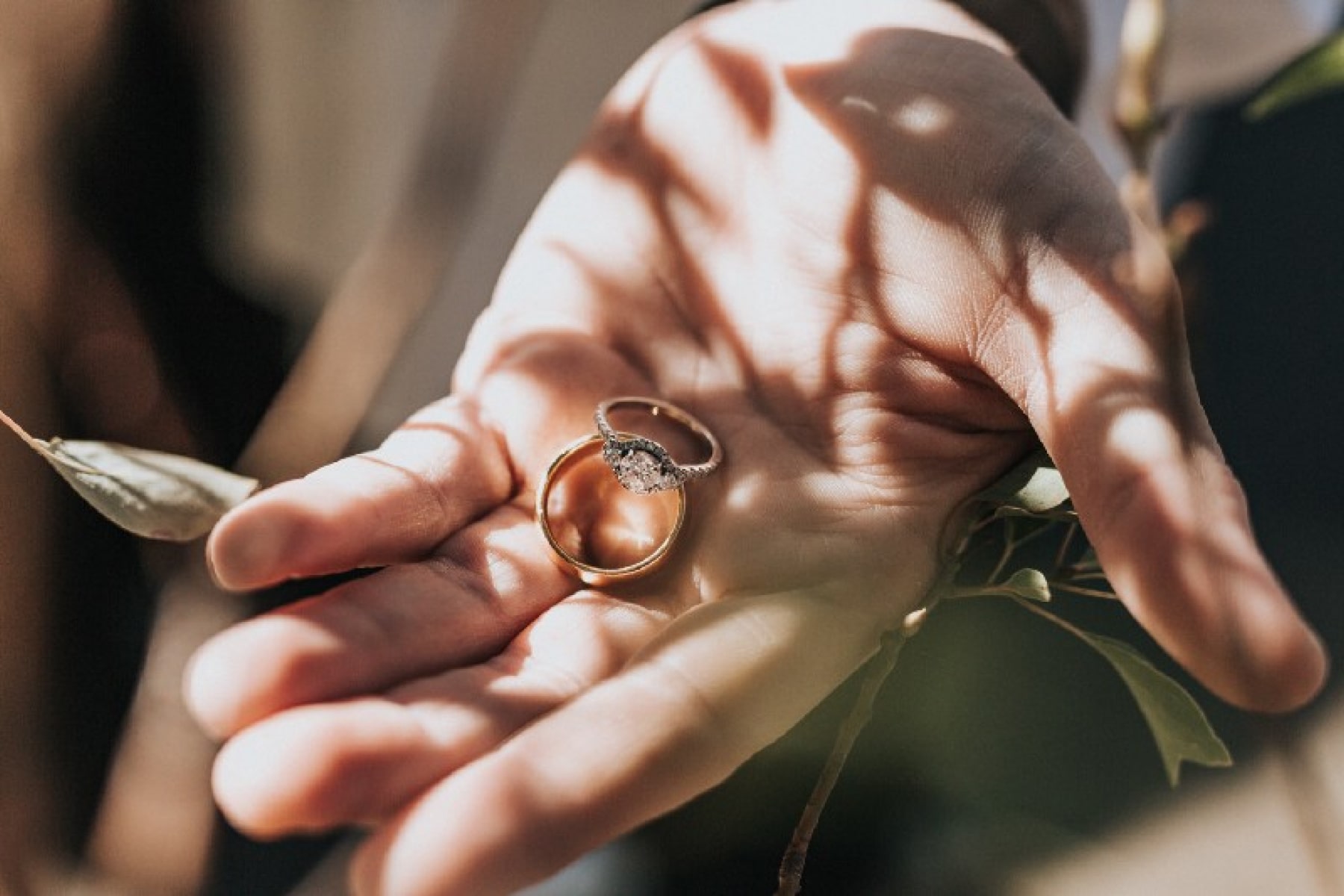Humans have held a fascination with gemstones, jewels and adornments for thousands of years. From ancient and indigenous cultures through to the multi-billion dollar industry that modern consumers recognise today, humankind have used jewellery as markers of rank, status and wealth and symbols of cultural, beauty and identity. But behind the glitter and alluring glamour of the modern jewellery industry is a dark of history of exploitation, conflict and environmental harm.
The current emergence of slow fashion trends and growing sustainability movements have lead consumers to be increasingly conscious about where jewellery is sourced and how it is manufactured. In its most simple form, sustainable and ethical jewellery should cause no harm to the environment it is sourced from, nor hurt the people involved in making it. Beyond causing no harm, ethical jewellery should help to build safer and better communities for the workers involved in producing it and operate with sustainable practices at the forefront. While that definition sounds simple, the issues at stake are multifaceted and require urgent action from a large and fragmented industry that has a long history.
In order to understand what exactly is sustainable and ethical jewellery, there are 3 key questions a brand or the industry at large must ask:
Are materials ethically and environmentally sourced?

Responsible sourcing of materials covers a range of ethical concerns related to the social and environmental impacts of mining and manufacturing precious materials like gemstones, metals and jewels. The process of ensuring that materials are ethically and environmentally sourced can be complex given that most precious gems and metals are found underground and the process of mining can be inherently damaging to the environment. Mining often creates toxic materials that are difficult to dispose of and can have ongoing impacts on the ecosystem and the health of surrounding communities. Then one must consider the carbon footprint of manufacturing, from mining through to end product.
Socially, the impacts of jewellery production were first brought into the public consciousness when the United Nations (UN) defined the term “blood diamond” in the 1990s, referring to how the mining of diamonds was fuelling conflict and brutal civil wars in parts of western and central Africa. After much advocacy and activism, an international certification system called the ‘Kimberley Process’ emerged in 2003, designed to reassure consumers that the diamonds they bought were conflict-free. While the jewellery industry has improved somewhat because of these standards, there is still exploitation and human rights violations that occur in the industry, including unlicensed mining and child labour, which can be covered up by the practice of greenwashing and a loose definition of “ethical production”.
For many people globally the jewellery industry is a crucial source of income but can be deeply rooted in harmful and exploitative practices. In order to combat this, the industry must take vital steps in producing transparently and treating people fairly.
Do brand values extend through the supply chain?

It is well and good for jewellery retailers to have brand values, but it is impossible to produce jewellery ethically without extending those same values throughout the entire supply chain. According to Human Rights Watch this means that jewellers must make sure they have “traceable, transparent supply chains that are regularly assessed for human rights conditions”. This means fully mapping and understanding supply chains, making sure workers are being paid and treated fairly, and actively mitigating potential violations.
Rapid developments in Blockchain technology have allowed for greater transparency of supply chains so that brands can monitor the entire production process more efficiently. There has also been a renaissance of artisan jewellers who handcraft and source materials locally and/or responsibly. Here in Australia, there are many designers and jewellers who proudly and transparently advertise where they source materials and their manufacturing processes. Some examples include Momoko Hatano, The Line of Sun, S-kin Studio, RUUSK, and Nash + Banks, whose founder Niccii Kugler has openly critiqued the lack of supply chain transparency and harmful production processes of the industry.
Does a brand recycle or upcycle existing gems, metals, and materials?

Another important consideration of sustainable and ethical jewellery is whether or not brands are recycling or upcycling materials. The concept of a circular economy is essentially a system that closes the loop of consumerism, in which an item can be recycled and repurposed rather than disposed of once it has reached the end of its lifespan. One advantage of working with precious metals is that they can be melted and recycled into new jewellery. Not only does using recycled materials or upcycling materials close the loop, but it can also dramatically reduce emissions of jewellery production.
This fundamental shift in our consumerist mindset has been embraced by one of the largest jewellery brands in the world, Pandora, who has ambitiously pledged to use 100% recycled silver and gold by 2025. Once again, while these commitments are encouraging it is important to keep in mind that they are executed with transparency and regulated to ensure that they are effective long-term.
Conclusion

Humans will continue to be enamoured by shining and glittering things, but as consumers actively seek out sustainable and ethical jewellery there is a progressive change happening. The lighting speed of the digital age has meant that the industry faces pressure and scrutiny like never before and must understand what it means to create in a sustainable and ethical way. The time is now to revolutionise the industry and ensure fair, equitable and sustainable practices for people and the planet in years to come.
Register with MISIO to accelerate ESG to grow profit and share your ESG journey for the world.


Leave A Comment
You must be logged in to post a comment.